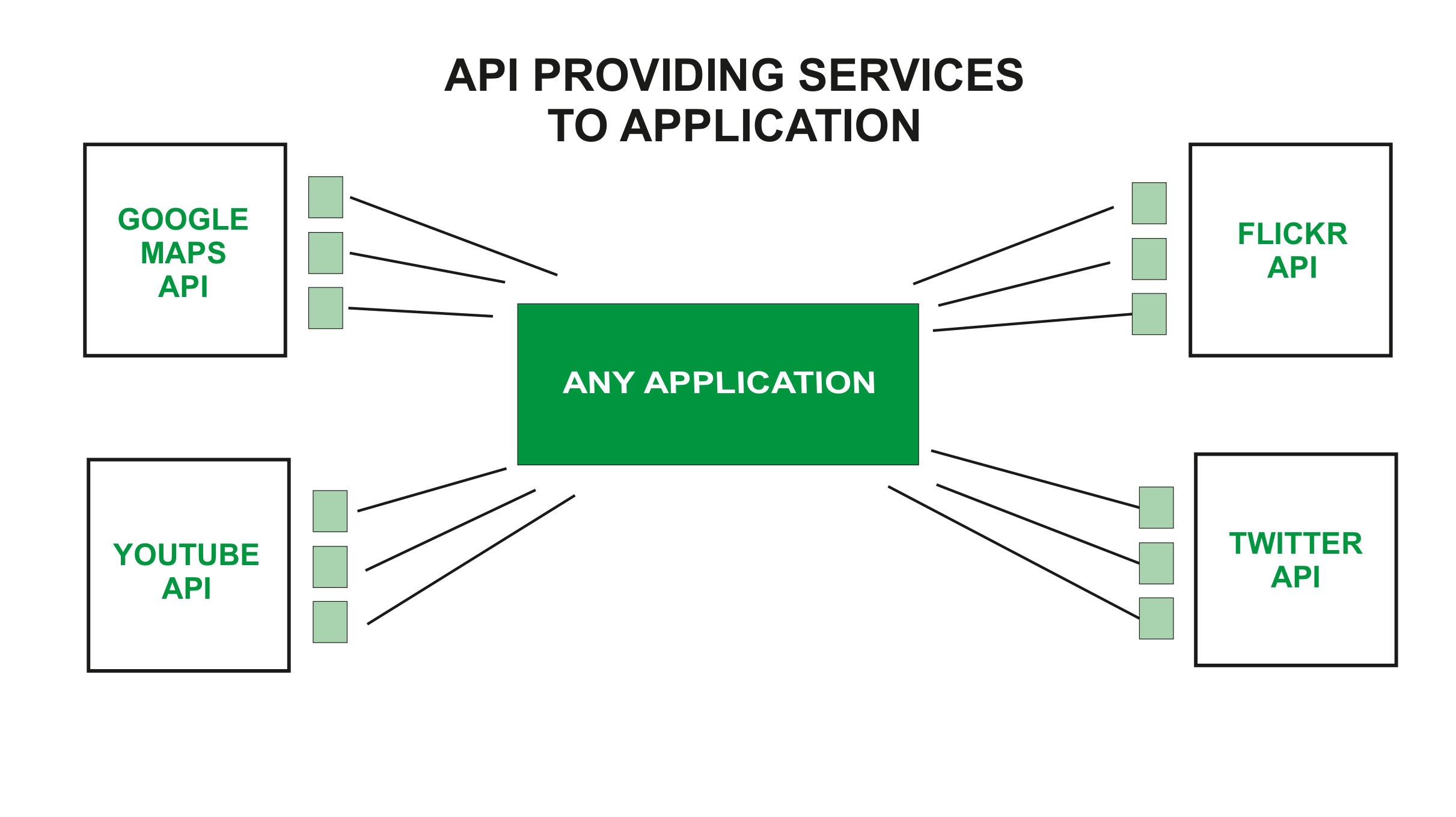-
Notifications
You must be signed in to change notification settings - Fork 43
New issue
Have a question about this project? Sign up for a free GitHub account to open an issue and contact its maintainers and the community.
By clicking “Sign up for GitHub”, you agree to our terms of service and privacy statement. We’ll occasionally send you account related emails.
Already on GitHub? Sign in to your account
Getting started with API's #7
Comments
|
Hey @Ruchip16 please assign me this i am interested in this topic |
|
Sure, go-ahead |
|
under _post section right ? in .md @Ruchip16 |
title: "Get Started with APIs"
|
|
@Ruchip16 is this ok ? i have also checked it using Grammarly |
|
should i give PR ? |
yes |
ya go ahead we will then review it |
|
Hey @Ruchip16 PR given please review it, |



Write a blog on how to make an API along with examples, crystal-clear explanation & plagiarism free content
also, make sure to run your blog through Grammarly once.
The text was updated successfully, but these errors were encountered: